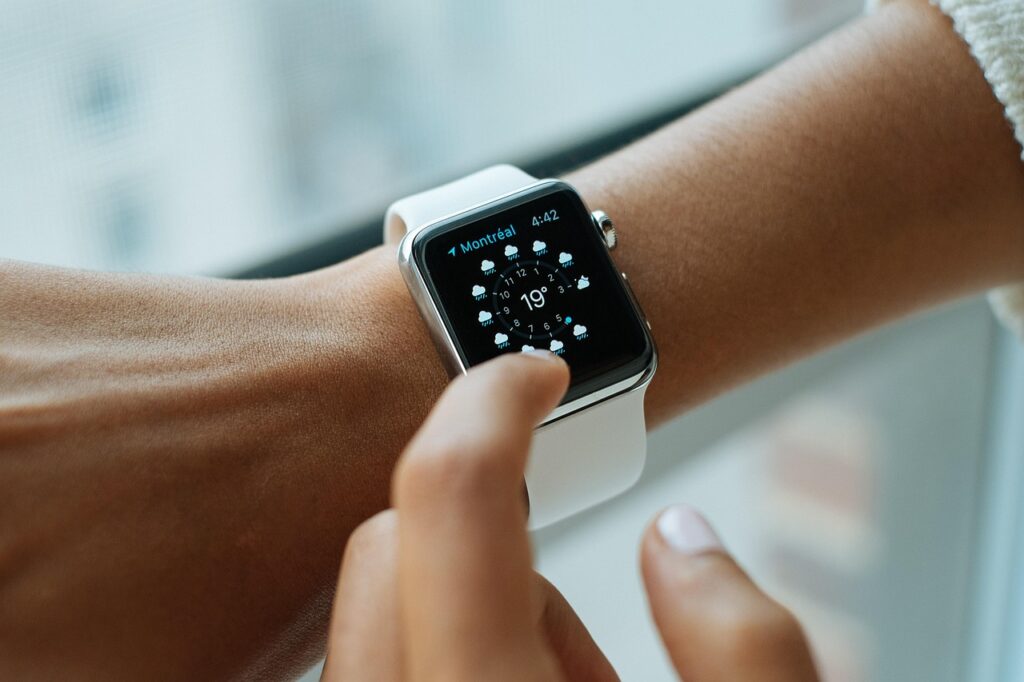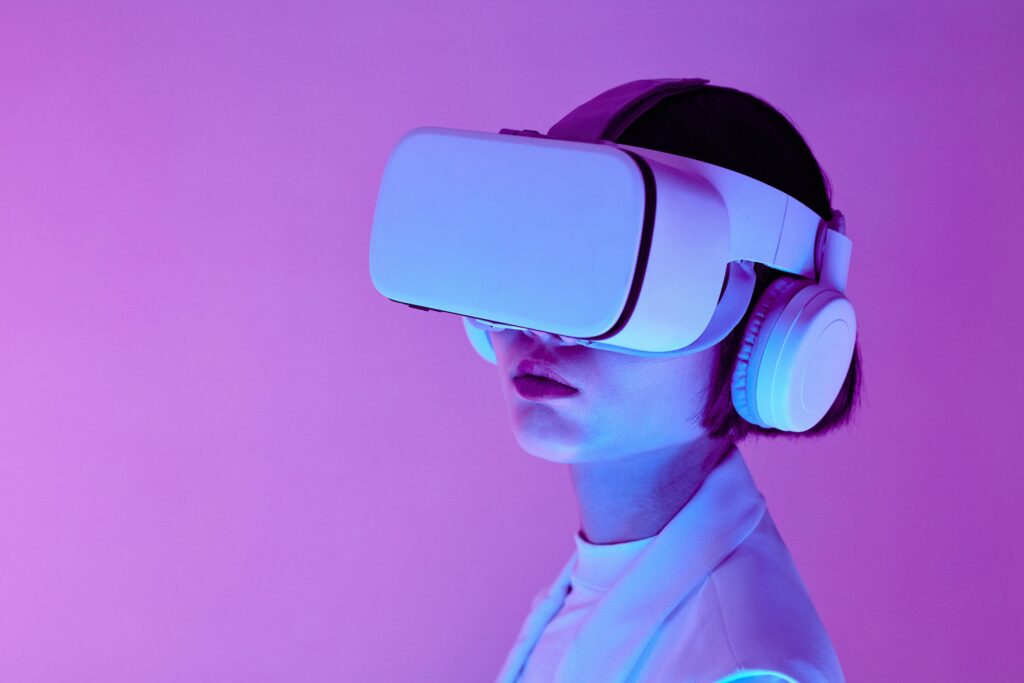From simple step counters to high-tech health monitors, wearable technology has come a long way. Once seen as niche accessories for athletes and early adopters, fitness trackers and smartwatches are now mainstream devices transforming the way we live, move, and even sleep.
Whether you’re counting steps, managing stress, tracking heart health, or getting smarter notifications, today’s wearables are more than just tech—they’re becoming essential lifestyle tools.
In this guide, we’ll explain how wearable tech is evolving, explore the latest trends and features, and show how these smart devices are becoming more personalized, health-focused, and integrated than ever before.
🧠 The Evolution of Wearable Technology
When Fitbit first launched in 2009, the focus was simple: track daily steps and promote physical activity. Fast forward to today, and fitness trackers and smartwatches offer continuous heart monitoring, blood oxygen tracking, stress detection, and even ECG capabilities.
Brands like Apple, Garmin, Samsung, Google (Pixel Watch), and Whoop are pushing the boundaries of what’s possible—bringing hospital-grade sensors and AI-powered insights right to your wrist.
📈 Top Trends in Wearable Tech (2024–2025)
Here’s what’s driving the next generation of fitness wearables:
1. Health Monitoring Beyond Fitness
Modern devices aren’t just tracking workouts—they’re offering deep health insights:
- Heart rate variability (HRV) to monitor stress and recovery
- SpO2 sensors for blood oxygen levels (helpful during sleep or high altitudes)
- Skin temperature sensors to detect illness or menstrual cycles
- Electrocardiogram (ECG) capabilities to detect signs of atrial fibrillation
These features are transforming wearables into early-warning systems for your health.
2. Personalized Insights Through AI
Using artificial intelligence and machine learning, devices now interpret your data to offer actionable, personalized feedback. For example:
- Apple Watch suggests guided breathing sessions when stress levels spike.
- Garmin tracks body battery to show your energy levels throughout the day.
- Whoop delivers daily recovery scores based on sleep, strain, and HRV.
The focus is shifting from simply collecting data to making sense of it in your daily life.
3. Smarter Sleep Tracking
Wearables are placing a growing emphasis on quality sleep. Devices like Fitbit, Oura Ring, and Apple Watch now monitor:
- REM, light, and deep sleep stages
- Sleep disruptions and movement
- Breathing and oxygen patterns
Some models even offer bedtime coaching, silent alarms, and tips to improve your circadian rhythm.
4. Battery Life and Charging Innovations
One of the biggest complaints about smartwatches has always been battery life. Thankfully, this is improving:
- Amazfit and Garmin offer wearables with battery life of 1–2 weeks
- Oura Ring lasts up to 7 days
- Apple Watch Ultra 2 offers fast charging and up to 36 hours of battery life
This means less time charging, more time tracking.
5. Style Meets Functionality
Modern wearables now blend seamlessly with your style. You can choose:
- Sleek minimal designs (like Oura Ring or Whoop)
- Fashion-forward bands and watch faces
- Premium materials like titanium, ceramic, and leather
Wearables are no longer just tools—they’re accessories that fit your personal style and lifestyle.
💪 The Role of Wearables in Holistic Wellness
One of the most significant shifts in recent years is how wearables are helping people take control of their overall well-being, not just fitness.
Here’s how:
- Mindfulness features like guided breathing, stress scores, and meditation timers
- Menstrual and fertility tracking in devices like Fitbit, Garmin, and Apple Watch
- Hydration and nutrition reminders (through third-party apps or built-in coaching)
This reflects a bigger trend: wearable tech is becoming more about how you feel, not just how you move.
🔄 Integration With Other Smart Devices
Wearables are becoming the central hub for your health data—syncing with:
- Smart scales for body composition metrics
- Connected blood pressure monitors
- Nutrition apps like MyFitnessPal or Lifesum
- Virtual fitness platforms like Apple Fitness+, Fitbit Premium, or Peloton
This connected ecosystem turns your smartwatch into a powerful personal health assistant.
📱 Popular Wearables to Watch
Here are some of the best-selling and top-rated devices shaping the future of fitness and health:
| Device | Best For | Key Features |
|---|---|---|
| Apple Watch Series 9 / Ultra 2 | All-in-one health + lifestyle tracking | ECG, SpO2, Fitness+, Apple ecosystem |
| Fitbit Charge 6 | Budget-friendly fitness tracking | HRV, SpO2, Google Maps/Wallet integration |
| Garmin Venu 3 | Serious athletes and fitness pros | Body Battery, GPS, HIIT and VO2 Max |
| Oura Ring Gen 3 | Minimal, sleep-first wellness | Sleep insights, HRV, temperature tracking |
| Whoop 4.0 | Recovery and performance-focused | Strain score, recovery coaching, no screen |
🧠 Final Thoughts: Wearable Tech That Works for You
Fitness trackers and smartwatches have evolved from step counters to personal wellness hubs—giving users data, insights, and guidance to live healthier, more balanced lives.
The future of wearable tech is clear: more personalized, more accurate, and more integrated into your lifestyle.
Whether you’re training for a marathon, managing stress, or just trying to sleep better, there’s a smart wearable ready to help. And with options at every price point, there’s never been a better time to explore how wearable tech can support your goals.



